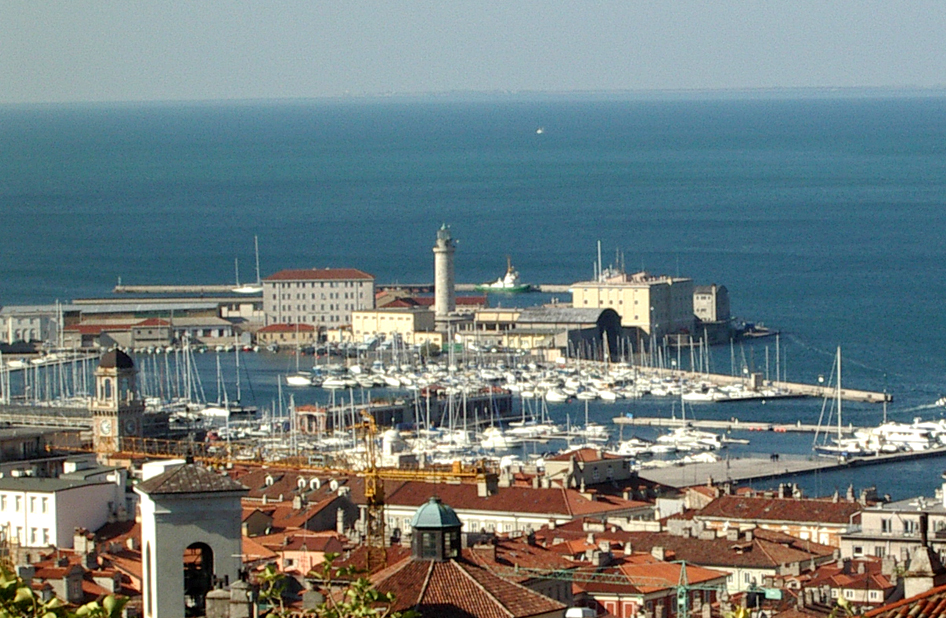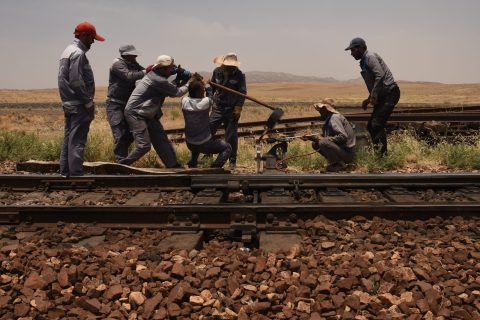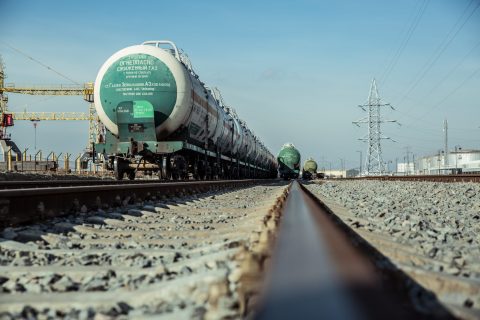Hungary in Trieste: will it boost Italy’s role on the New Silk Road?

Italian ports can become the sea transportation solution for cargo to and from landlocked Hungary. This is not only attractive for continental traffic, but also for rail freight between China and Europe. This was pointed out by Domenico Baratta from the Italian Society for Import Export (Siiesiie), a Eurasian logistics company based in Italy.
Do you want to read the full article?
Thank you for visiting RailFreight.com. Become a member of RailFreight Premium and get full access to all our premium content.
Are you already a member?
Having problems logging in? Call +31(0)10 280 1000 or send an email to customerdesk@promedia.nl.





